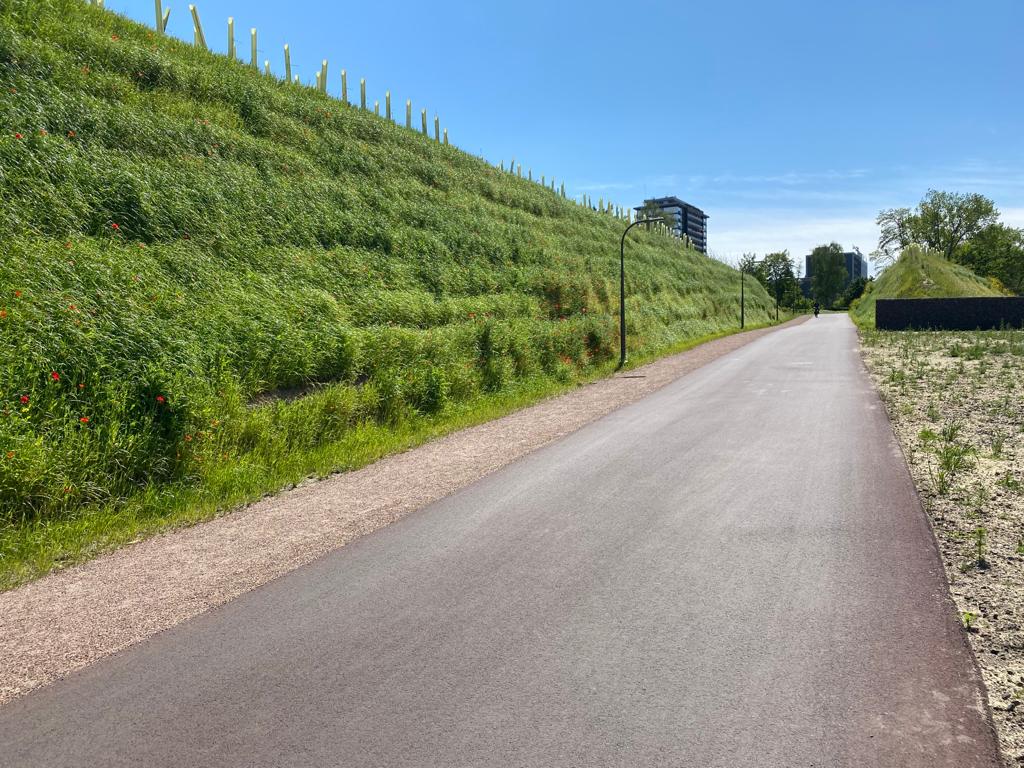Soil stabilisation and reinforcement
Our expertise has been built up over 100 years of solving retaining structure problems and continuously innovating our offer of tested and certified solutions. In addition, partnering with leading institutions and professionals we endeavor to develop new design approaches and design tools to enhance the service life of our walls and soil reinforcement structures.
Whether you are constructing a railway track-bed, gravel forestry track over soft soil, or resurfacing a multi-lane highway carrying many thousands of vehicles per day, the project will require the highest performance for the longest design life. Road and rail construction materials are becoming more expensive and scarcer; therefore the costs to improve the pavement performance are increasing.
We have applied our technical knowledge to develop solutions like our advanced RoadMesh grids, glass fibre geogrids and polymeric geogrids. Since every project is different, we offer the widest range of products available for reinforcing asphalt and unbound layers, as well as drainage geocomposites to remove water from the track or pavement structure. We use state-of-the-art design software, featuring various design methodologies, to optimise the reinforcement and the required thickness of the pavement layers.
The use of these techniques leads to a reduction in the thickness of construction materials needed to maintain performance and fatigue life; not only a cost saving, but a reduction in the carbon-footprint of the solution. Our range of pavement and ground stabilisation products can help you to reduce maintenance requirements, material use and whole life costs; all whilst maintaining a high performance.
Simple resurfacing is only a temporary fix. When flexible asphalt pavements are exposed to repeated cyclical loads, rutting, pothole formation and fatigue cracking can occur. With increasing vehicle use and axle loads, this problem may also get worse. Simply resurfacing a problem pavement will only temporarily improve the situation as cracks from the underlying layers soon propagate into the new overlay, causing premature aging. This reflective cracking can also be a problem when asphalt overlays are placed on existing concrete pavements.
Watch and learn from our latest webinar on how we have applied our technical knowledge to develop solutions to Soil Stabilisation and reinforcement
Speakers

